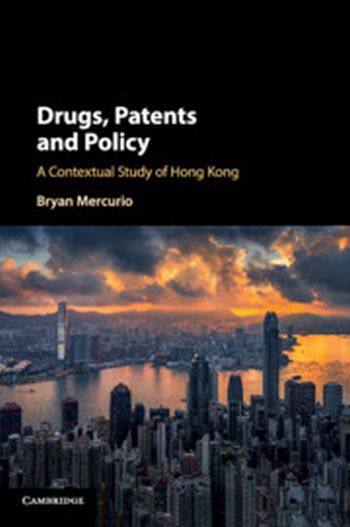
In pharmaceutical patent law, the problem of lack of policy direction and inappropriate legal framework is widespread - particularly among jurisdictions with little to no pharmaceutical research or manufacturing. This book aims to inform public policy and influence debate through a comprehensive review of Hong Kong's pharmaceutical patent law. By demonstrating the need for a holistic review of pharmaceutical patent laws and evaluating Hong Kong's system in light of health policy, economic and social factors, Bryan Mercurio recommends changes to the legal framework and constructs a more efficient and effective system for Hong Kong. He thoroughly evaluates the international framework and best practice models to offer a global perspective to each issue before providing local context in the analysis. While the focus of the book is Hong Kong, the analysis on pharmaceutical patent law and policy extends to other jurisdictions facing issues on reforming their national system.